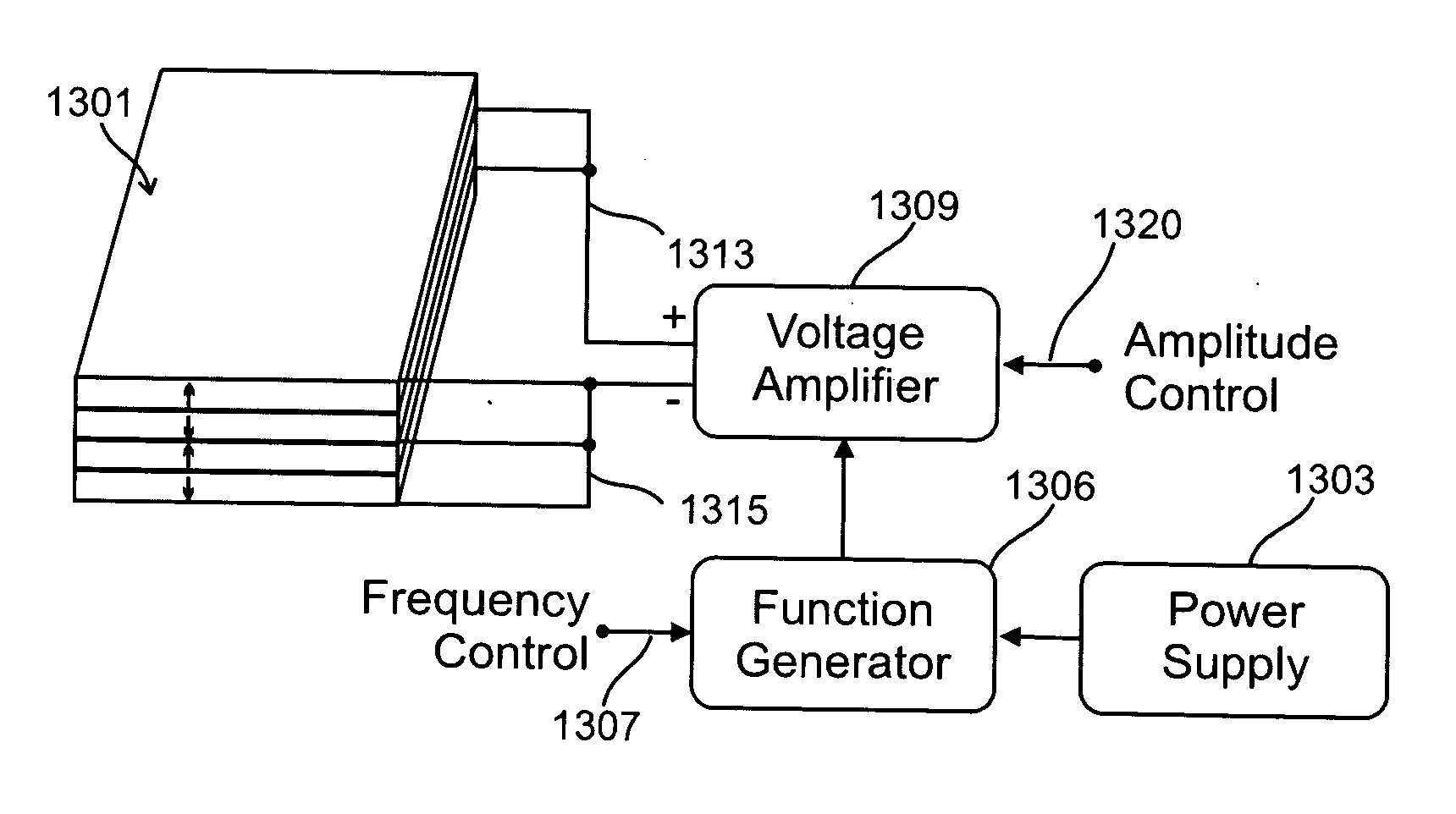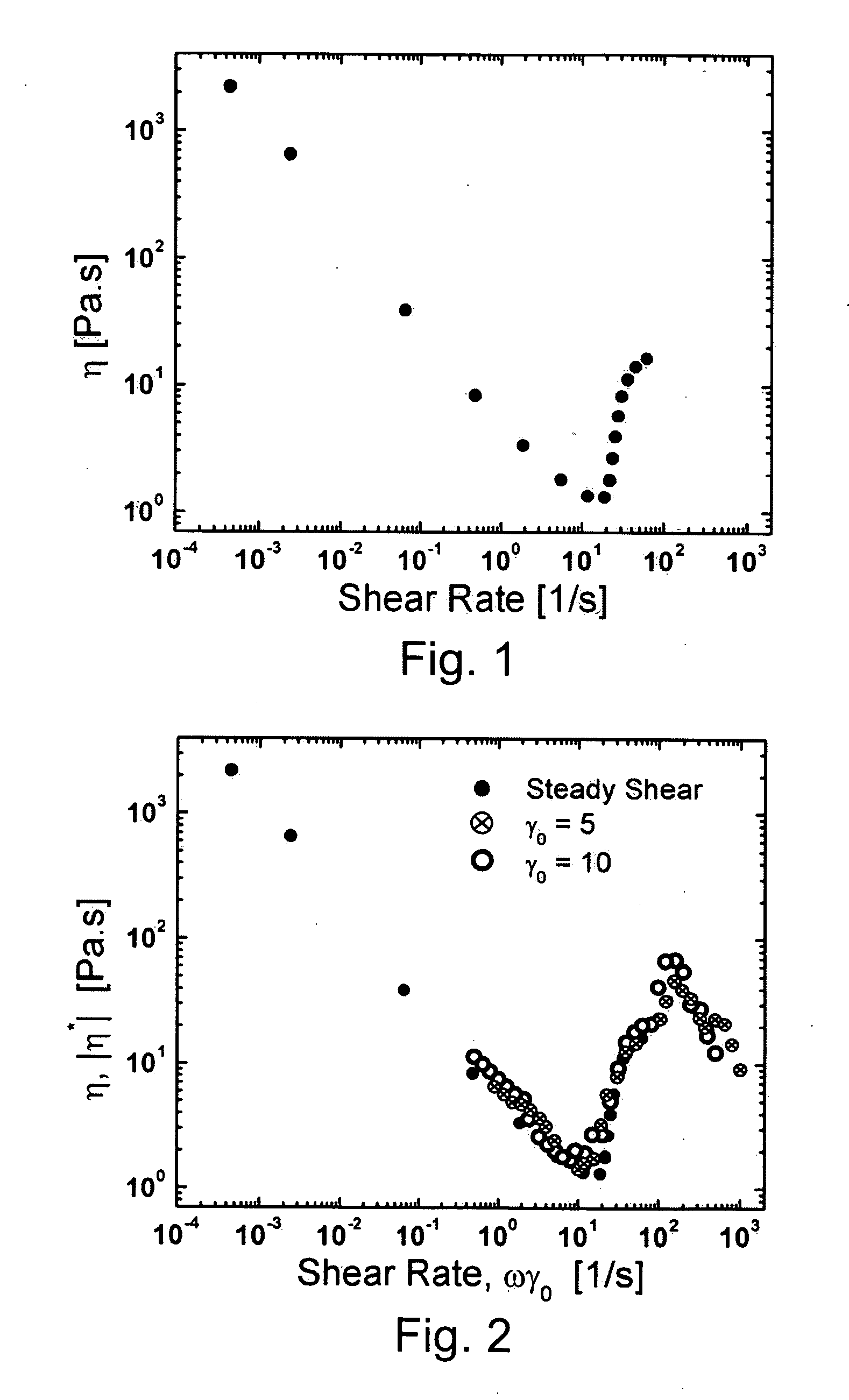Active controlled energy absorber using responsive fluids
a technology of responsive fluids and energy absorbers, applied in the direction of shock absorbers, sport apparatus, snowboards, etc., can solve the problems of large amount of energy absorbed by materials but typically uncomfortable, no longer useful, and big problem for human protective gear, such as orthopedic supports, bulletproof vests, helmets
- Summary
- Abstract
- Description
- Claims
- Application Information
AI Technical Summary
Benefits of technology
Problems solved by technology
Method used
Image
Examples
Embodiment Construction
[0028] The description that follows defines a number of terms and explains certain concepts by way of introduction:
[0029] Viscosity: Viscosity is a measure of a material's resistance to flow. It is calculated as the ratio of the shear-stress to the shear-rate.
[0030] Stress: Stress is a distribution of forces over an infinitesimal area.
[0031] Strain: Strain is a measure of a body's change in shape. The change in strain with time is the strain rate.
[0032] The rate of deformation or the rate at which adjacent layers of fluid move is the shear rate.
[0033] Hooke's law: Hooke's law defines the mechanical behavior of an ideal solid, relating the applied strain (ε or γ) to the resultant stress (σ or τ) through a factor called the modulus (E or G). Thus, σ=Eε (tension, bending) or τ=Gγ (shear). The modulus is a measure of the material's stiffness (i.e., its ability to resist deformation). The linear region in which the modulus does not change when the strain is changed is called the Hoo...
PUM
 Login to View More
Login to View More Abstract
Description
Claims
Application Information
 Login to View More
Login to View More - R&D
- Intellectual Property
- Life Sciences
- Materials
- Tech Scout
- Unparalleled Data Quality
- Higher Quality Content
- 60% Fewer Hallucinations
Browse by: Latest US Patents, China's latest patents, Technical Efficacy Thesaurus, Application Domain, Technology Topic, Popular Technical Reports.
© 2025 PatSnap. All rights reserved.Legal|Privacy policy|Modern Slavery Act Transparency Statement|Sitemap|About US| Contact US: help@patsnap.com



